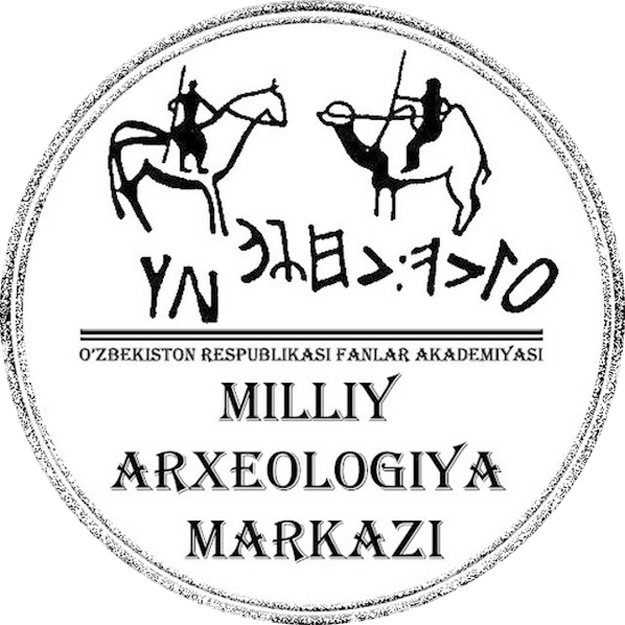Bioarchaeology Laboratory
In accordance with Resolution No. 792 of the Cabinet of Ministers of the Republic of Uzbekistan, dated September 21, 2019, "On the Fundamental Improvement of Archaeological Research," the National Archaeological Center was established. Following this resolution, at the end of 2019, Uzbekistan’s first Bioarchaeology Laboratory, equipped with modern instruments and technologies, was founded. Bioarchaeology, which emerges from the synthesis of disciplines such as biology, archaeology, botany, zoology, and human anatomy, extensively utilizes contemporary methods from both natural and social sciences. More specifically, bioarchaeology is a field dedicated to studying human remains and any biological materials recovered from archaeological sites.
The laboratory processes both material (physical) and digital data, including paleoanthropological, archaeozoological, and archaeobotanical remains, as well as soil, charcoal, and wooden samples (tree rings) obtained from archaeological excavations.
Objectives of the Laboratory
The primary goal of the Bioarchaeology Laboratory is to reconstruct the past lifestyle of ancient populations through osteoarchaeological, archaeobotanical, archaeozoological, and biochemical analyses, while also interpreting the subsistence strategies of early inhabitants.
Key Tasks of the Laboratory
- Implement modern natural science research methods in archaeological investigations across Uzbekistan.
- Analyze human osteological remains found during excavations or accidentally discovered to reconstruct paleodemography, ancient health conditions, living standards, and dietary habits.
- Study and interpret plant, seed, fruit, and pollen remains recovered from excavations to reconstruct the ancient flora of Uzbekistan, past human diets, subsistence strategies, and plant-based economies.
- Investigate human-animal interactions, past landscapes, climates, and ancient economies through the analysis of animal bone remains.
- Utilize bioarchaeological artifacts to uncover trade, cultural, and economic relationships along the Great Silk Road in Central Asia.
- Train scientific personnel in the field of bioarchaeology.
- Establish scientific collaborations with research institutes of the Academy of Sciences of Uzbekistan, universities, and international research centers.
Development and Future Plans
Scientific research in the Bioarchaeology Laboratory is conducted in close integration with both archaeology and natural sciences. Currently, efforts are focused on:
- Organizing the laboratory’s operations, including compiling a list of necessary equipment and devices.
- Estimating procurement costs for the required instruments.
- Recruiting and training scientists, laboratory technicians, and researchers who will be able to operate these advanced tools in their investigations.
- Laboratory Regulations
- Laboratory Roadmap
- Laboratory Program for 2020-2024
- Laboratory Staff Report
Detailed Information about Laboratory Staff



